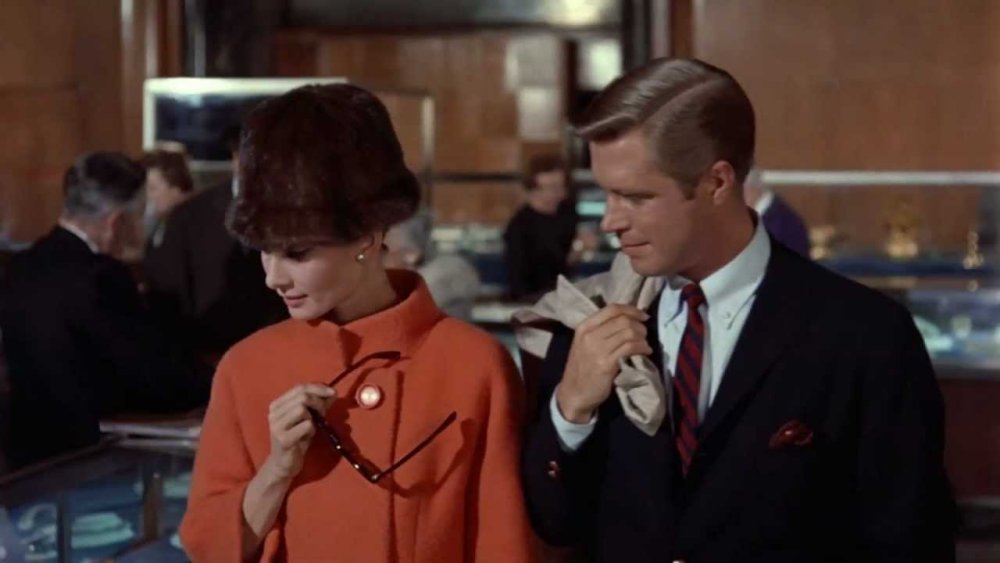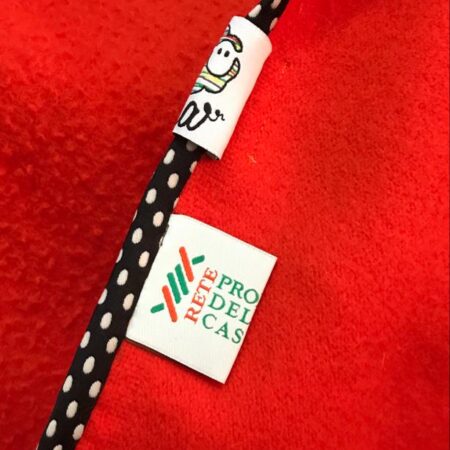
KRIMA SRL
CASENTINO CLOTH
An excellence of Italian fashion for over 600 years
WHAT THE CASENTINO CLOTH LOOKS LIKE
The Casentino cloth is a traditional wool fabric typical of Casentino.
The fabric is fulled (felted) to make it waterproof and brushed to get a hairy side.
The “coarse cloth”, obtained from the shearing of the sheep of the valley, was appreciated for its high resistance to wear and was suitable for the needs of those who had to live on the road or spend a good part of the day outside. It also seems that its external appearance, with irregular hair and a summary finish, was dictated by the Tuscan rulers. The curl, which distinguishes the clothes in Casentino cloth, constitutes a functional double layer, cold and rainproof, and was initially obtained with a particular finish, with the brushing, which extracted the hair, and later with the patting. Rubbing the wool with stone obtained the curl was obtained. while today are used machinery are used to produce it. The properties of the fabric also guarantee perfect thermal insulation, in addition to the transpiration of the vapors of the human body.

HISTORY OF CASENTINO CLOTH


The tradition of wool processing in the Casentino has been recognized since the Etruscan and Roman eras,but sheep breeding saw an increasing development from the XV century The birth of the first Casentino Cloth is attested in 1537: the success of this new product was very fast thanks to the resistance and compactness, first in the lower classes but later also in the higher ones, also thanks to the competitive price. In the second half of the nineteenth century the “Lanificio di Stia”, exploiting the proverbial wear resistance of the Casentino cloth, produced and marketed in Florence, starting from 1890, "mantelline for mounts", used for the cover of draft animal. The Rock alum used as a mordant combined, due to inexperience, with chemical dyes not exactly apt, gave rise to a very resistant cloth with a singular orange-red color. Soon the carters sewed their own clothes, recycling the cloaks of their animals. The characteristic color was very popular with the ladies of Florence so much so that the lanificio di Stia, to meet the new market needs, added the new orange red color to the traditional green. Appreciated by illustrious figures such as Baron Bettino Ricasoli, Giuseppe Verdi and Giacomo Puccini, the Casentino cloth dress was made double-breasted, with martingale and fox neck, a symbol of elegance and refinement, perfect for hunting or riding horses.
The nineteenth century is also the period in which new colors were established, orange and green (defined by D'Annunzio "the fire of the sunset and the green of the woods of the Arezzo valley") in addition to the classic fratino, topo and red.
Between the end of the nineteenth century and the beginning of the twentieth century, the Casentino cloth experienced a real explosion, which saw the Casentino textile tradition develop industrially, with the woollen mills of Stia and Partners (Bibbiena): the economy of the two countries has since been inextricably linked to the wool industry. A product that quickly became a real symbol status and that is still appreciated all over the world today.
The CASENTINO CLOTH IN THE MODERN FASHION
Givenchy chose him to make the famous coat that the actress wore in " Breakfast at Tiffany's”
The Casentino cloth has been able to maintain its value of Italian excellence in the world also in contemporary fashion. Become a cult in the movie "Breakfast at Tiffany’s", thanks to the playful coat with four orange buttons worn by Audrey Hepburn, cut and sewn for the occasion by the atelier Givenchy in Paris, was then resumed even in more recent times, by the genius of high fashion Roberto Capucci, who skillfully pleated it to give life to a fairy-tale coat, wring at the waist and with large lapels, protagonist of the exhibition Capucci and the Casentino: between experimentation and craftsmanship", organized as part of the Florentine event "Artigianato e Palazzo".
Among the designers who have shown over time a strong feeling with the Cloth Casentino, Gianfranco Ferrè, Pierre Cardin and recently also Roberto Cavalli. There are no creative limits to what can be done with this fabric, but in general the ductility of the material has led to its application in the most diverse uses.
The general public will perhaps be led to connect the Casentino cloth to the classic double or single buttoning coat creation or montgomery style, with a comfortable cardigan underneath, in particular in orange and green colors. Over time the Casentino cloth has been used in the decoration of boots, for the creation of living room covers, for women's dresses, for men's jackets that can be worn over a shirt and also for the creation of socks and floral decorations for the home. The original orange and green colors, fruit of tradition, are now flanked by new colors such as red, blue, light blue and purple, thus giving more creative ideas to designers and wearers of clothes made with this fabric.


